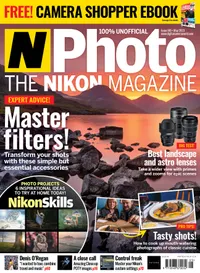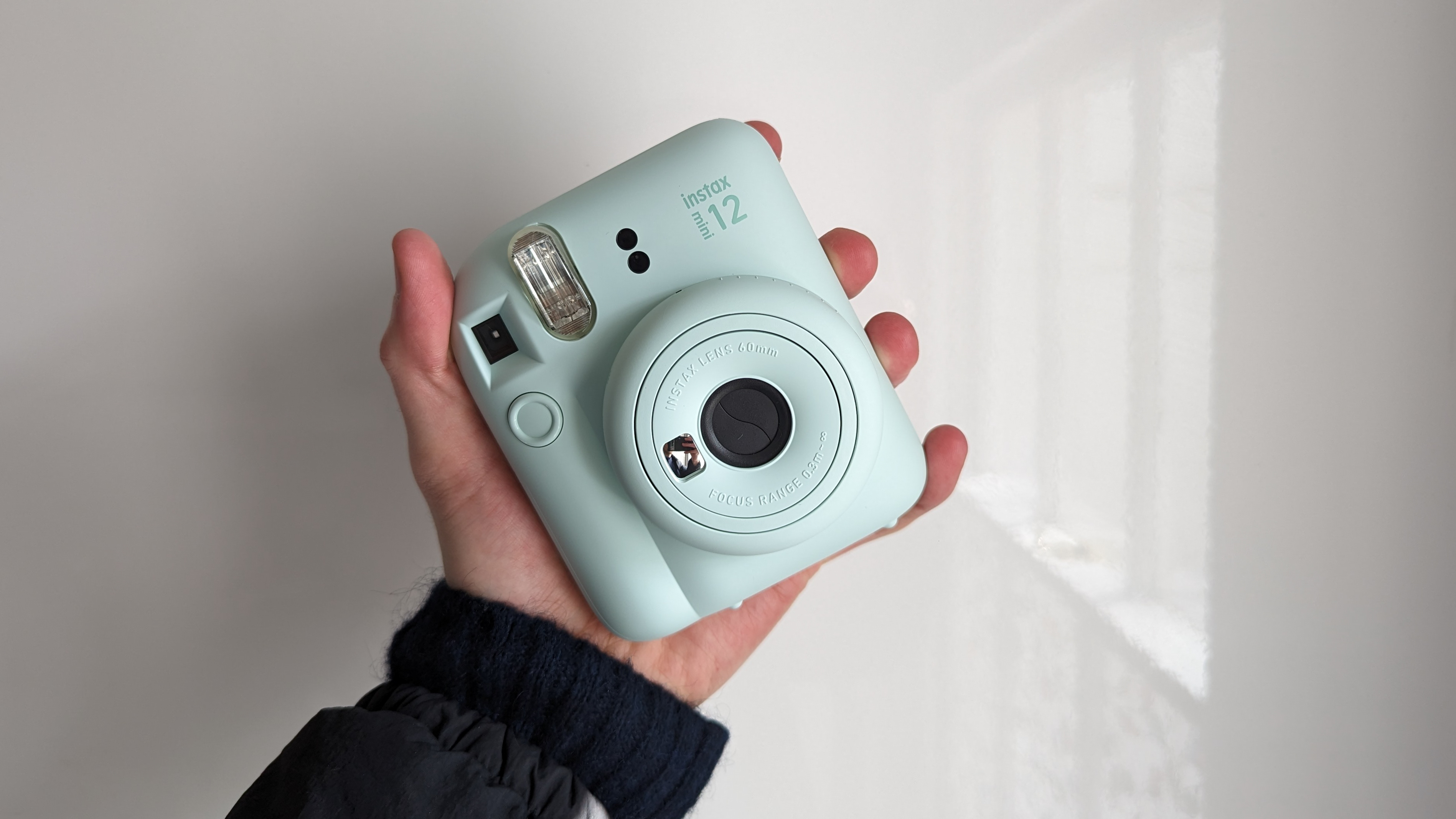Create motion-filled sports shots – N-Photo 150 video tutorial
Combine long exposures with flash for an eye-catching slow-speed sync effect to create motion-filled sports shots
Trouble streaming the above video? View/download it here
A burst of flash lets us freeze motion and a long exposure lets us create motion blur. Both are great skills to learn in their own right, but if you’re looking for a creative approach to action shots, the slow sync flash technique lets us have it all in a single frame. Sometimes called shutter dragging, this is where we use a flash with a longer-than-normal exposure to introduce motion blur. It’s a great trick to try for action or sports subjects, like our taekwondo expert here. By using a combination of flash and gelled LED lighting, we can create streaks of blur to convey the movement of the subject, along with flash to freeze the motion.
Whenever we are putting the best flashguns to good use, we are effectively making two exposures in one. First there’s the flash exposure, where the subject is lit by the near-instant burst of light. But there’s also the ambient exposure, where the light in the scene – whether it be natural daylight, room lights or other artificial lighting – plays a part. The flash can be so powerful that the ambient light plays a negligible role but here, by stretching our shutter speed to a second or so, the divide is obvious. The ambient exposure creates the blur, and the flash exposure freezes the final movement of the subject.
It might look like a Photoshop effect, but this is done entirely in-camera. There’s an element of trial and error in timing the motion of your subject and balancing the lighting, but when the combination of light sources comes together, the final results can be jaw-dropping.
Please note: This project does not contain any start files
N-Photo: The Nikon Magazine is a monthly magazine that's written by Nikon enthusiasts for Nikon enthusiasts, you can be sure that all the content is 100% relevant to you! So for the best Nikon-focused news, reviews, projects and a whole lot more, subscribe to N-Photo today – with our unmissable sub deal!
The best camera deals, reviews, product advice, and unmissable photography news, direct to your inbox!
The lead technique writer on Digital Camera Magazine, PhotoPlus: The Canon Magazine and N-Photo: The Nikon Magazine, James is a fantastic general practice photographer with an enviable array of skills across every genre of photography.
Whether it's flash photography techniques like stroboscopic portraits, astrophotography projects like photographing the Northern Lights, or turning sound into art by making paint dance on a set of speakers, James' tutorials and projects are as creative as they are enjoyable.
He's also a wizard at the dark arts of Photoshop, Lightroom and Affinity Photo, and is capable of some genuine black magic in the digital darkroom, making him one of the leading authorities on photo editing software and techniques.


